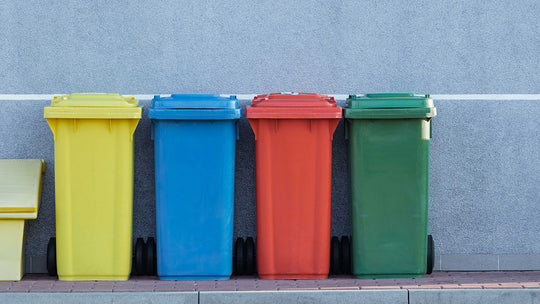
This time, we interviewed our staff who is in charge of production control about recycling.
I hope you will enjoy it.

I am in charge of the production control division.
Our company is promoting SDG initiatives throughout the company.
We would like to introduce an initiative that we have been promoting in our production management, which handles furoshiki fabrics.
We want to recycle inevitable fabric scraps that are produced in the manufacturing process
The scraps of the edges of fabrics -hereafter referred to as "scraps of edges"- are inevitably generated during the dyeing and sewing processes.
The scraps of edges are not produced from silk or rayon because their edges are used as they are, but it needs to be cut when it comes to cotton or polyester.
Until then, we had been incinerating them, but since last year we have been working to improve the situation, wondering if we could recycle them in any way.
We looked for a recycling company that would accept our fabric scraps, how it would be recycled, and how much it would cost.
Cotton into "reinforcement material"
We have been asking sewing machine factories to dispose of cotton, but from February 2022, it is being taken over by Osaka-based Chemical Products Industry, which is promoting SDGs initiatives.
It is said that mixing finely crushed cotton into plastic makes it stronger, and our cotton is being recycled as "reinforcing material".
Polyester into "recycled fuel"
Polyester used to be brought to an industrial waste contractor for incineration, and the incinerated ash was used for landfill, but from March 2022, it is able to be recycled as "recycled fuel" under the new system.


Since the polyester fabric we use is 100% polyester, we were looking for a company that could process it as "recycled fuel.
There are companies that are working on recycling as RPF fuel, but at first it was difficult to find a company that we are exactly looking for due to problems in the recycling process such as handling, quantity and shape of the material generated.
In such a situation, Mie Chuo Kaihatsu, a member of the Daiei Group, was willing to listen to our request to use the material as "recycled fuel in RPF".
By having the company come to collect the waste, they are also contributing to our environmental efforts by reducing the fuel consumption of the vehicles used to transport the waste.
We will continue to make efforts to "effectively" recycle as much waste as possible brought out in the manufacturing process.

